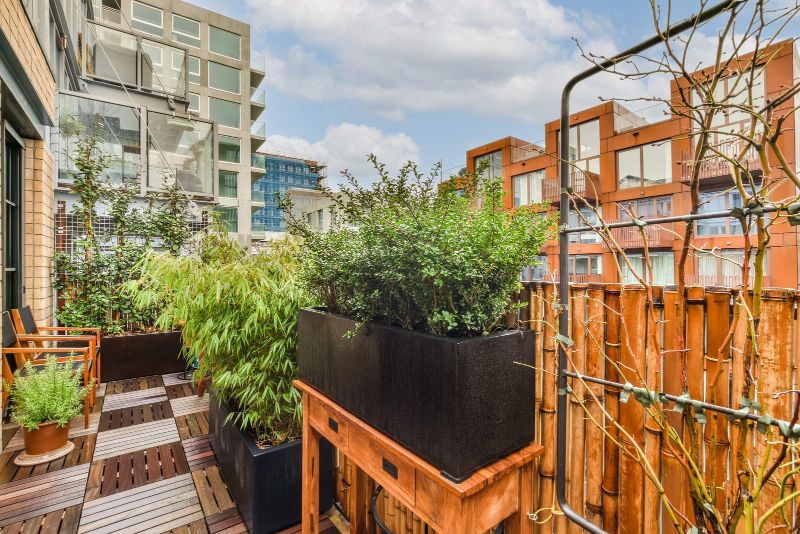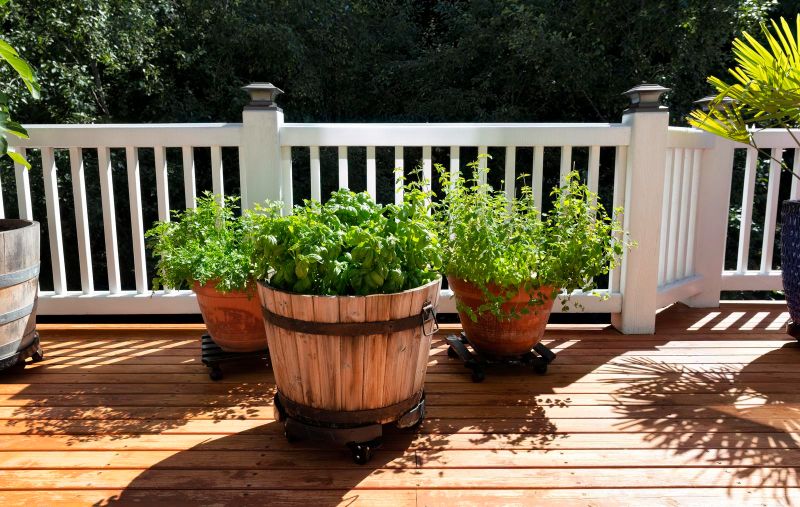If you’ve ever walked into a room or garden and thought, “Something’s missing here,” chances are it’s the lack of well-chosen planters. These versatile containers can transform your space from bland to beautiful, adding character, color, and life to any environment. So, here are some of the key considerations for selecting the ideal planters for your space, whether it’s an indoor oasis, a cozy balcony, or a sprawling garden.

Style and Aesthetics: Harmonizing with Your Space
The planter you choose should complement your space’s style and color scheme. Sleek, minimalist contemporary planters work well in modern interiors, while ornate, decorative ones can be a focal point in traditional settings. Don’t be afraid to mix and match styles for a curated look, but ensure they harmonize with your overall aesthetic.
Finding the Right Fit
Choosing the right planter size is crucial. A too-small planter can stunt your plant’s growth, while an oversized one may overwhelm your space. To get it just right, consider the mature size of the plant you want to showcase. Measure the space and make sure the planter’s dimensions align with your vision. Remember, a snug fit is better than a too-tight one.
Material Matters: Durability and Aesthetics
Planters come in various materials, each with its own pros and cons. Terracotta exudes Mediterranean charm but may crack in freezing temperatures. Wood adds warmth but requires regular maintenance. Metal is modern and durable but can get scorching hot in the sun. Choose materials that suit your climate, maintenance capabilities, and the overall style of your space.
Climate Compatibility
Depending on where you live, the climate can significantly impact your choice of planter material. In regions with extreme temperatures, like freezing winters or scorching summers, terracotta may not be the best option. It’s susceptible to cracking in freezing conditions. In contrast, metal or plastic planters are more durable and better suited to withstand harsh climates. Consider the local weather patterns to ensure your planters can endure the elements.
Maintenance Requirements
Different materials demand varying levels of upkeep. For instance, wood can be stunning with its natural appeal, but it needs regular maintenance, including sealing or staining to protect it from moisture and decay. On the other hand, metal planters require minimal maintenance but might need occasional cleaning to prevent corrosion or rust. Consider how much time and effort you’re willing to invest in maintaining your planters when choosing the material.
Drainage is Non-Negotiable
Plants hate wet feet, so proper drainage is essential. Look for planters with drainage holes, or be prepared to drill them yourself. Elevate your planters slightly to prevent water from pooling underneath, which can lead to root rot. Remember, a healthy plant is a beautiful plant.
- Drainage Holes: Always opt for planters that come with drainage holes pre-installed. These holes allow excess water to escape, preventing the roots from becoming waterlogged. If you find a planter you love without drainage holes, be prepared to drill them yourself. It’s a relatively simple task that can make a world of difference in plant health.
- Elevation: Elevating your planters slightly is another crucial step in maintaining good drainage. Placing pot feet or small wooden blocks under your planters allows water to flow freely from the drainage holes, reducing the risk of water pooling at the bottom. This extra airflow helps prevent root rot and keeps your plants thriving.
- Quality Potting Mix: Using a well-draining potting mix is just as important as having drainage holes. Opt for mixes specifically designed for the types of plants you’re growing, as they provide the right balance of water retention and drainage. This ensures that your plants receive the appropriate moisture levels without becoming waterlogged.
Mobility: The Power of Portability
Consider how easy it is to move your planters. You may need to shift them to chase the sun, protect them from harsh weather, or simply rearrange your space. Planters with wheels or lightweight materials like fiberglass can make this task a breeze.
Budget-Friendly Options: DIY and Thriftiness
If you’re on a tight budget, don’t despair. There are plenty of DIY planter ideas using inexpensive materials like pallets, cinder blocks, or even recycled containers. Thrift stores and online marketplaces can also be treasure troves of affordable, unique planters. A little creativity can go a long way.

Your choice of planters can make or break the aesthetics and functionality of your space. By considering factors like size, material, drainage, style, mobility, and budget, you can ensure that your planters not only enhance your environment but also provide the ideal home for your beloved plants. So, go ahead, pick the perfect planters, and watch your space transform from bland to breathtaking, one plant at a time.
